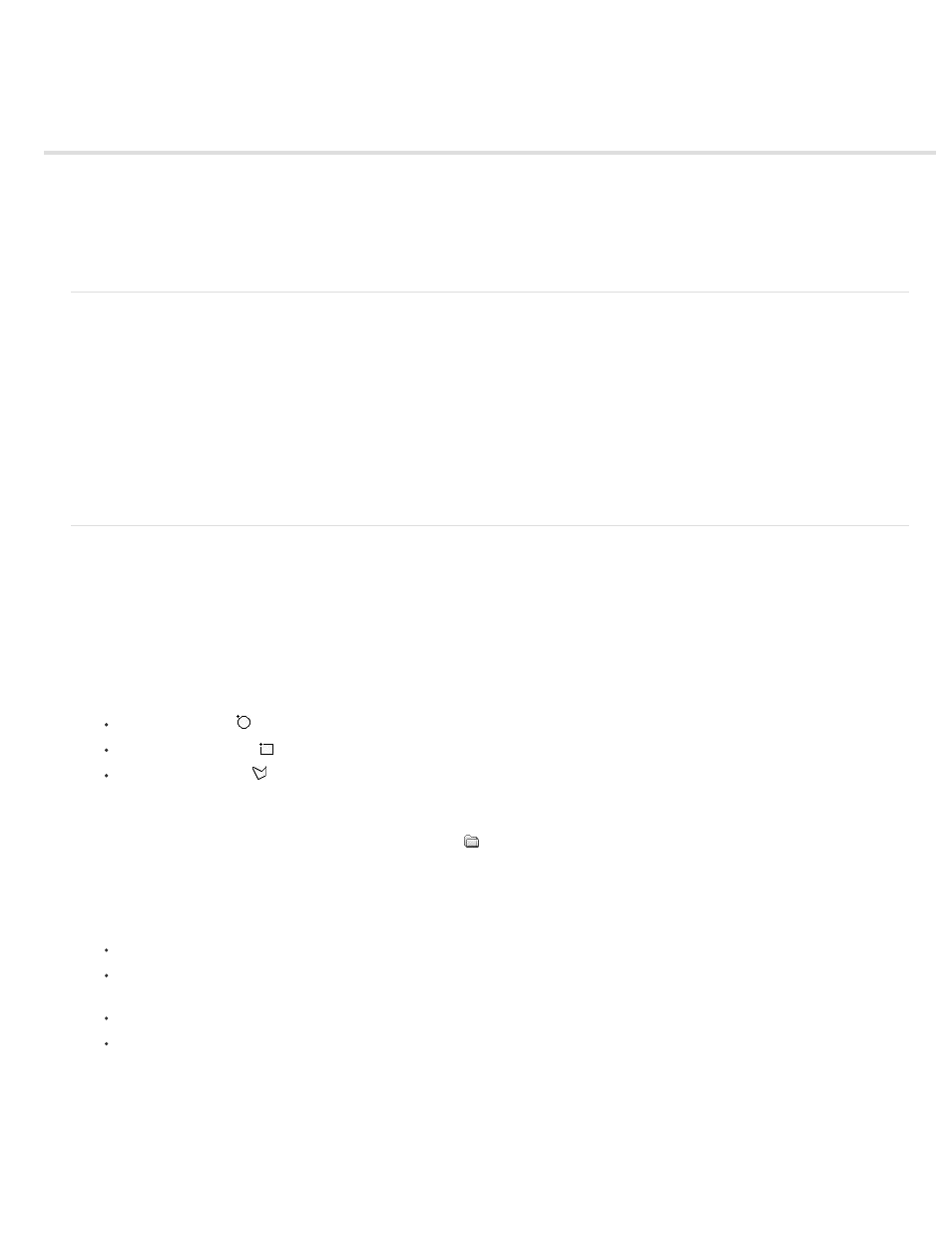Image maps, About image maps, Insert client-side image maps – Adobe Dreamweaver CC 2014 v.13 User Manual
Page 436

Image maps
About image maps
Insert client-side image maps
Modify image map hotspots
Note: The user interface has been simplified in Dreamweaver CC and later. As a result, you may not find some of the options described in this
article in Dreamweaver CC and later. For more information, see
.
About image maps
An image map is an image that has been divided into regions called hotspots; when a user clicks a hotspot, an action occurs (for example, a new
file opens).
Client-side image maps store the hypertext link information in the HTML document—not in a separate map file as server-side image maps do.
When a site visitor clicks a hotspot in the image, the associated URL is sent directly to the server. This makes client-side image maps faster than
server-side image maps, because the server does not need to interpret where the visitor clicked. Client-side image maps are supported by
Netscape Navigator 2.0 and later versions, NCSA Mosaic 2.1 and 3.0, and all versions of Internet Explorer.
Dreamweaver does not alter references to server-side image maps in existing documents; you can use both client-side image maps and server-
side image maps in the same document. However, browsers that support both types of image maps give priority to client-side image maps. To
include a server-side image map in a document, you must write the appropriate HTML code.
Insert client-side image maps
When you insert a client-side image map, you create a hotspot area and then define a link that opens when a user clicks the hotspot area.
Note: You can create multiple hotspot areas, but they are part of the same image map.
1. In the Document window, select the image.
2. In the Property inspector, click the expander arrow in the lower-right corner to see all properties.
3. In the Map Name box, enter a unique name for the image map. If you are using multiple image maps in the same document, make sure
each map has a unique name.
4. To define the image map areas, do one of the following:
Select the circle tool
and drag the pointer over the image to create a circular hotspot.
Select the rectangle tool
and drag the pointer over the image to create a rectangular hotspot.
Select the polygon tool
and define an irregularly shaped hotspot by clicking once for each corner point. Click the arrow tool to close
the shape.
After you create the hotspot, the hotspot Property inspector appears.
5. In the hotspot Property inspector’s Link box, click the folder icon
to browse to and select the file you want to open when the user clicks
the hotspot, or type the path.
6. In the Target pop-up menu, select the window in which the file should open or type its name.
The names of all the frames you’ve named in the current document appear in the pop-up list. If you specify a frame that doesn’t exist, the
linked page loads into a new window that has the name you specified. You can also select from the following reserved target names:
_blank loads the linked file into a new, unnamed browser window.
_parent loads the linked file into the parent frameset or window of the frame that contains the link. If the frame containing the link is not
nested, the linked file loads into the full browser window.
_self loads the linked file into the same frame or window as the link. This target is the default, so you usually don’t need to specify it.
_top loads the linked file into the full browser window, thereby removing all frames.
Note: The target option isn’t available until the selected hotspot contains a link.
7. In the Alt box, type alternative text for display in text-only browsers or browsers that download images manually. Some browsers display this
text as a tooltip when the user moves the pointer over the hotspot.
8. Repeat steps 4 through 7 to define additional hotspots in the image map.
9. When you finish mapping the image, click a blank area in the document to change the Property inspector.
429